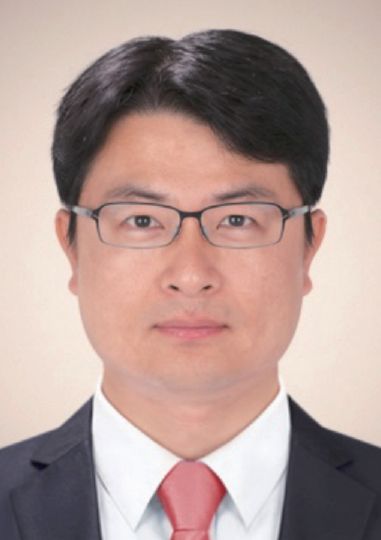Duck Young Kim
Center for High Pressure Science and Technology Advanced Research (HPSTAR),
Shanghai, China
EXTENDED ABSTRACT: Crystal structure prediction has been applied successfully to discover novel materials and associated physical properties. It was well tested computationally to reproduce existing compounds and even it becomes very powerful to find new materials at extreme conditions such as pressure, temperature, and confined geometries. In pressure dimension, most materials undergoes phase transition, and in these days we are witnessing discovery of several interesting physical properties such as room temperature superconductivity, superionicity in ice and hyrous minerals, electride formation, and unexpected superoxide, which are related to structural phase transitions. Crystal structure prediction based on density functional theory plays critical role to aforementioned studies as in silico experiments. I will present our theoretical predictions, which leads experimental synthesis at high pressure.
Secondly, research on low dimensional material is one of hot topics in condensed matter physics and materials science. Crystal structure prediction can be used to determine atomic positions in a confined geometry, allowing to explore novel compounds at reduced dimensions. I will present our study on discovery of two dimensional van der Waals ferromagnetic material (Fe4GeTe2). Iftime is allowed, I will give a briefupdate of our study.
Keywords: crystal structure prediction; high pressure; low dimensional material

Dr. Duck Young Kim is a staff scientist at HPSTAR since Dec. 2015 leading computational high-pressure physics. He received Ph.D in condensed matter physics in Uppsala university, Sweden 2009, conducted post-doctoral researches in Cavendish laboratory, university of Cambridge (2009-2011), Carnegie institute for science, USA (2011-2014), and promoted to a research scientist at Carnegie institute for science, USA before joining HPSTAR. He received 2010 Angstrom premium from Uppsala university, 2012 Berzelius prize from the royal society of Uppsala, Sweden, and 2013 Jamieson award from AIRAPT. He published more than 65 papers including 3 Nature, 1 Nature materials, 1 Nature Geoscience, 1 Nano Letters, 1 Science Advances, 3 Nature communications, 7 PNAS, 5 Phys. Rev. Lett.